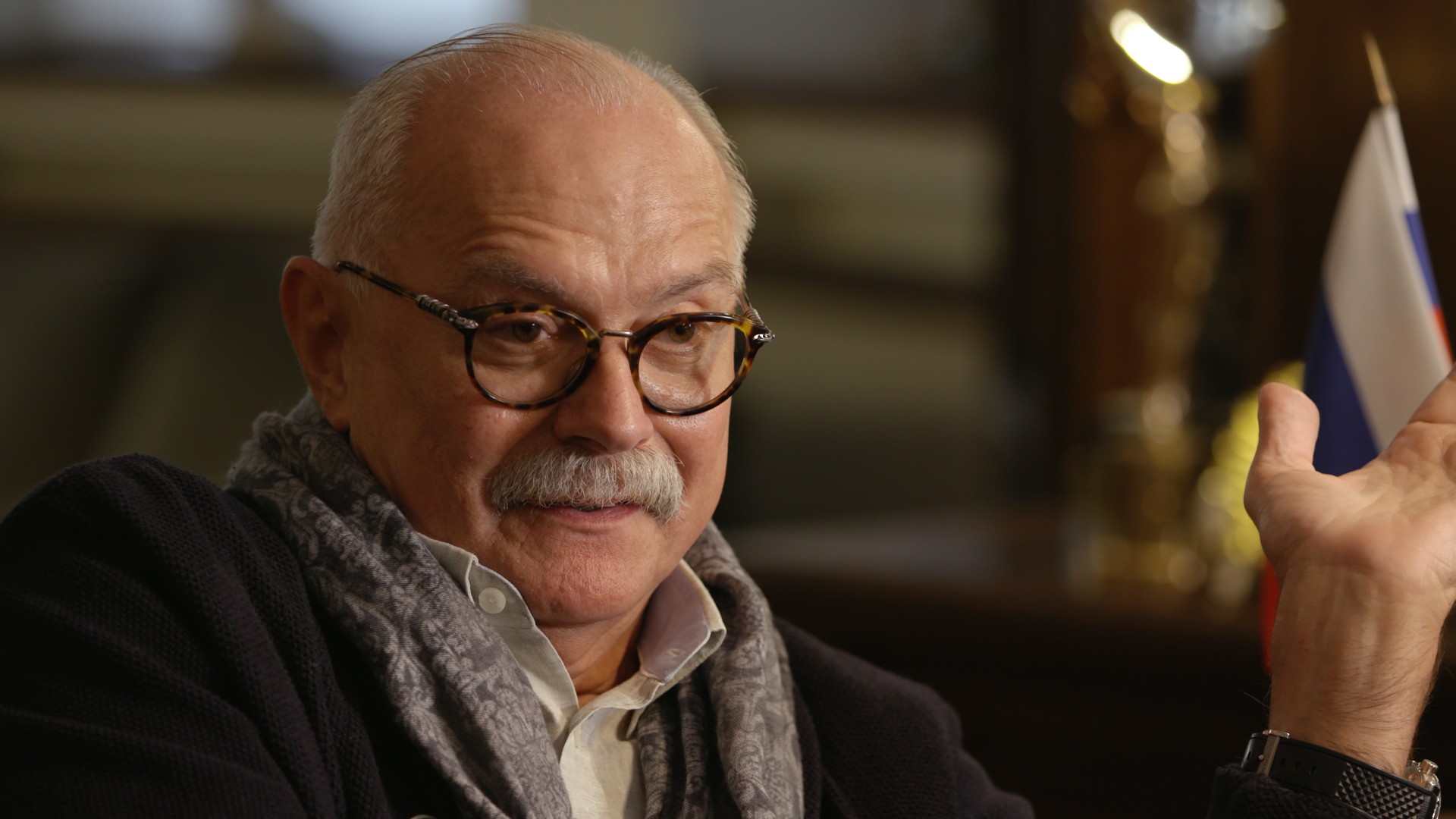This piece has been updated with comment from the video game’s creator.Russia tried to discredit American military efforts in Syria by using a still from a video game, the Kremlin admitted Wednesday after the “mistake” was exposed by online sleuths.“The Russian MoD has been caught lying multiple times, they lie as easily as they breathe, just not as well,” Eliot Higgins, founder of the investigative website Bellingcat, told VICE News.Higgins was among the first to spot that an image taken from a smartphone game called “AC-130 Gunship Simulator: Special Ops Squadron” was posted by the Twitter and Facebook accounts of the Russian MoD to provide “irrefutable evidence” that the U.S. refused to bomb a militant convoy retreating from Abu Kamal.Russia claims the coalition’s aircraft also attempted to prevent Russian Aerospace Forces from carrying out airstrikes against militants.Amateur investigators who make up the Conflict Intelligence Team pointed out that other Russian images were also not what they claimed to be.One Russian lawmaker Wednesday called for “hard evidence to be produced “to draw the world community’s attention to such things.”“We need to collect these facts and present them at all platforms, such as the United Nations, the Council of Europe and others. There are plenty of them,” Vladimir Shamanov, head of the Duma Defense Committee, told reporters.The timing of the accusations is strange, coming days after Putin and Donald Trump issued a joint statement crowing about “successful U.S.-Russia enhanced deconfliction efforts between U.S. and Russian military professionals” in the fight against ISIS in Syria.The Pentagon responded by saying the accusations “represents just one more episode of a recurrent pattern of defamation, distortion, distraction that seeks to discredit the U.S. and our successful coalition fight against ISIS in Syria.”Higgins has long worked to highlight cases of the Russian Ministry of Defense spreading falsehoods:Some reports suggest the “mistake” was intentional as a way of drawing more attention to claims that may otherwise have been dismissed. Higgins doesn’t agree, saying the Kremlin simply thought no one would notice.“I just think they are used to lying and getting away with it, more hubris than anything,” he said.Yet one person was able to find some humor in the international ordeal: Argentinian coder Diego Wasser, the man who created the game, told VICE News he found the incident “amusing.”“I actually found it amusing to see how some guy coding out of his living room in Argentina can be unwillingly caught up in the middle of an international incident between two military superpowers in the opposite hemisphere,” Wasser said.
Advertisement
The social media posts were quickly deleted — though an archive of the Facebook post can still be seen here.Russian authorities blamed a civilian employee for the error.When asked about the issue Wednesday, Vladimir Putin’s spokesman Dmitry Peskov brushed it off.“Mistakes happen, and, let’s say, there is nothing terrible if they are timely adjusted, which was done in the Ministry of Defense. I would not exaggerate the significance of this error,” he said.“The only mistake is they got caught,” Higgins said, pointing out it would have required many deliberate steps before the pictures were posted online.These include finding the original videos, picking frames where there wasn’t any visible weapons fire and explosions, cropping those images to remove text that revealed their origin, and adding captions to the images in Russian, English, and Arabic.
Advertisement
- In 2015, the Russian MoD uploaded dozens of videos claiming to show ISIS being bombed. But analysis of the videos showed the locations bombed weren’t in ISIS territory.
- After it was accused of bombing a mosque in Syria, the MoD countered with aerial imagery of a different, undamaged, mosque, claiming it was the building they were accused of bombing.
- Accused of bombing a hospital, the MoD used aerial imagery taken before the bombing occurred to claim it was undamaged.
- And it’s not just Syria. In a 2014 press conference about the downing of Flight MH17, the ministry was shown to have lied about the flight path.
Advertisement

